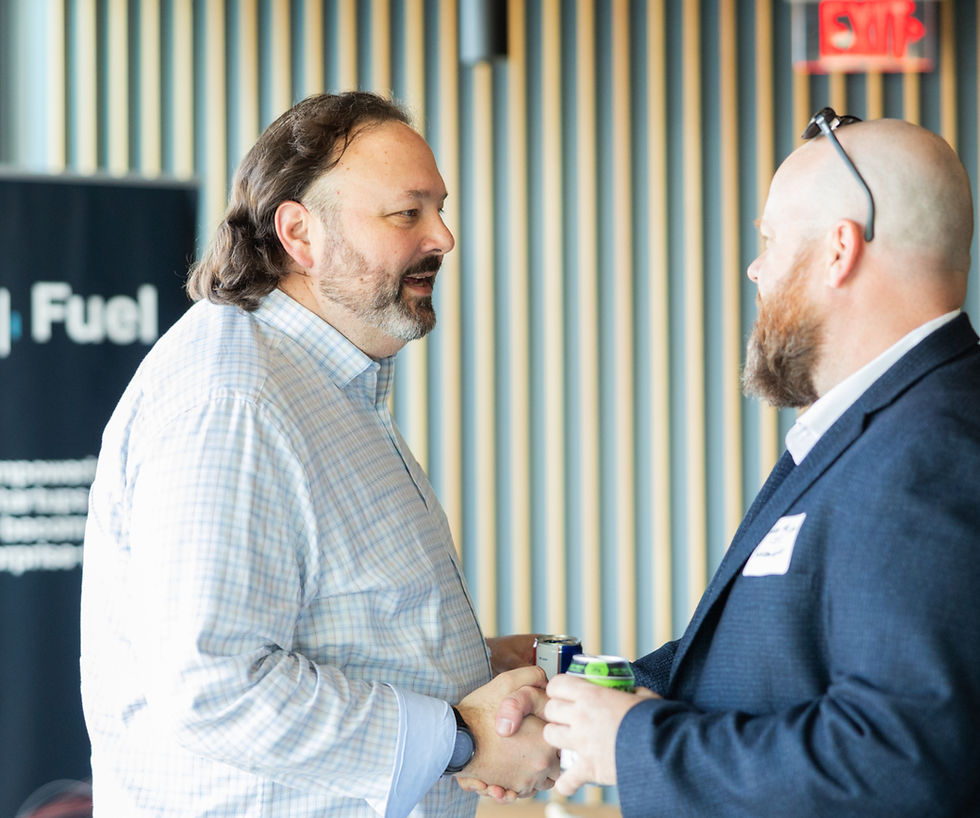When You MUST Commit to MRP instead of an MVP
- Admin NorrisDesign
- Mar 10
- 2 min read
Updated: Aug 27
📉 Your retail supply chain is outdated.
A global fashion retailer knew its warehouse management system (WMS) was breaking down—leading to:
❌ Stockouts on high-demand items.
❌ Slow order fulfillment.
❌ Rising customer dissatisfaction.
The team debated: Should we launch an MVP first or go straight to MRP?
Case Study: Replacing a Legacy Warehouse Management System
🔹 The Challenge:
Their 20-year-old WMS couldn’t support real-time inventory tracking.
Poor e-commerce fulfillment meant lost sales and increased returns.
An MVP test for AI-driven demand forecasting helped, but it didn’t fix the core problem: the WMS itself.
🔹 Why They Chose MRP Instead of MVP:
Incremental fixes wouldn’t solve systemic failures.
Increment improvements weren’t tying fragmented systems together.
The executive team invested in a full WMS replacement with an AI-powered inventory system.
Instead of testing a feature add-on, they built for long-term scalability.
🔹 Results:
✅ 30% faster fulfillment across 100+ locations.
✅ 20% fewer stockouts, increasing sales revenue.
✅ Millions saved from reduced returns & optimized inventory.
Key Takeaways
🚀 The lesson? If your underlying system is the problem, MVP testing won’t fix it.
🔹 Actionable Steps:
Diagnose system-wide issues vs. isolated inefficiencies – Are you dealing with a process gap or a legacy system failure?
Avoid MVPs as a band-aid – Some problems require a full replacement.
Calculate long-term ROI – Delaying an MRP can cost millions in operational inefficiencies.
“Retail supply chains need flexibility. If your WMS is 10+ years old, what’s your roadmap for replacement?”
📌 How Full Sail Helps You Make the Right Decision
At Full Sail, we help retail organizations assess whether an MVP or an MRP is the best path forward.
💡 Our process ensures:
✅ Strategic assessment of whether a small-scale MVP can validate impact before major investment.
✅ Risk reduction strategies to avoid overcommitting to large-scale replacements prematurely.
✅ A clear roadmap for scaling successful MVPs into hospital-wide deployments.
📈 The Bottom Line:
An MVP approach delivers quick wins and ensures scalability—but only when deployed strategically. Before making multi-million-dollar commitments, are you testing solutions effectively?
🚀 How Full Sail Helps Companies Navigate This Investment
At Full Sail, we provide: ✅ Independent contract reviews before you commit to a vendor.✅ Cost & risk assessments to identify potential hidden expenses.✅ Implementation roadmaps that align software, automation, and operational readiness.
%20(1).png)




Comments